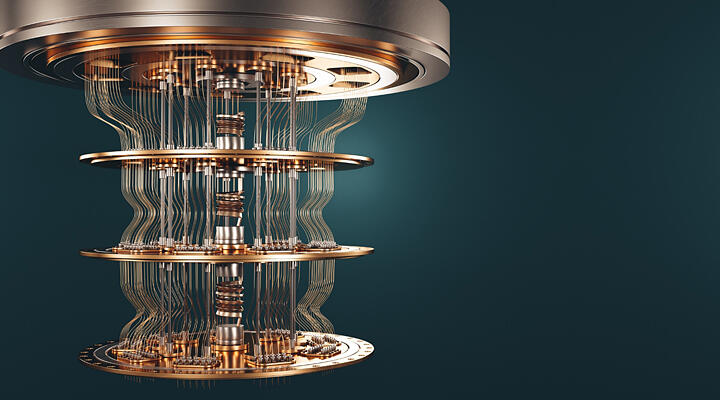It has been said that a minimum of one million qubits is necessary for practical calculations in a quantum computer. However, the Center for Quantum Information and Quantum Biology, Osaka University, and Fujitsu announced that they developed a practical fault-tolerant quantum computation (FTQC) method that uses tens of thousands of qubits to perform computations that would take about five years on current computers in about ten hours.

Professor Keisuke Fujii of Osaka University stated, "By developing a new phase-angle generation technique and incorporating various other ideas, we could expand the scale of computations by a factor of 1,000. This result paves the way for material property calculations using the Hubbard model that were previously impossible. Although this method is currently applicable to superconducting quantum computers, it can be extended to other systems."
Osaka University and Fujitsu have been jointly developing the "STAR architecture," a quantum computing architecture that uses highly efficient phase-rotation gates, as a fundamental computation mechanism to accelerate the practical application of quantum computers. By efficiently performing the phase-rotation operation, which is essential for quantum computation, the researchers have demonstrated the possibility of performing calculations using fewer qubits and in a shorter time than that was possible with previously proposed FTQC architectures. However, there were two challenges in the practical applications of the proposed architecture.
One is that the scale of computations that could be performed was limited. The other is that the physical gating procedure, a method for manipulating qubits suitable for computational problems, was not established. To address these two challenges, the researchers established a technology that improves the accuracy of the phase-rotation operation and an efficient procedure for manipulating qubits in quantum computers, thereby expanding the scale of computations to the extent of solving practical algorithms.
Shintaro Sato, the head of the Fujitsu Quantum Laboratory, commented, "This is a major step forward toward the practical application of quantum computers."
The number of qubits required to compute the Hubbard model with the new method and the computation time were analyzed. The analysis showed that with 60,000 qubits, the computation of the 8 x 8 crystal lattice Hubbard model, which requires current computers approximately five years, could be performed in only 10 hours. This corresponds to an order of magnitude of less than 1 million qubits that is typically required to exceed the computational speed of current computers in FTQC. This scale is achievable in the early FTQC era, which is expected to arrive around 2030.
In the future, the research group aims to further expand the computational scale of this architecture and realize more complex material property calculations, quantum chemical calculations, and quantum machine learning using actual quantum computers before the rest of the world.
This article has been translated by JST with permission from The Science News Ltd. (https://sci-news.co.jp/). Unauthorized reproduction of the article and photographs is prohibited.




